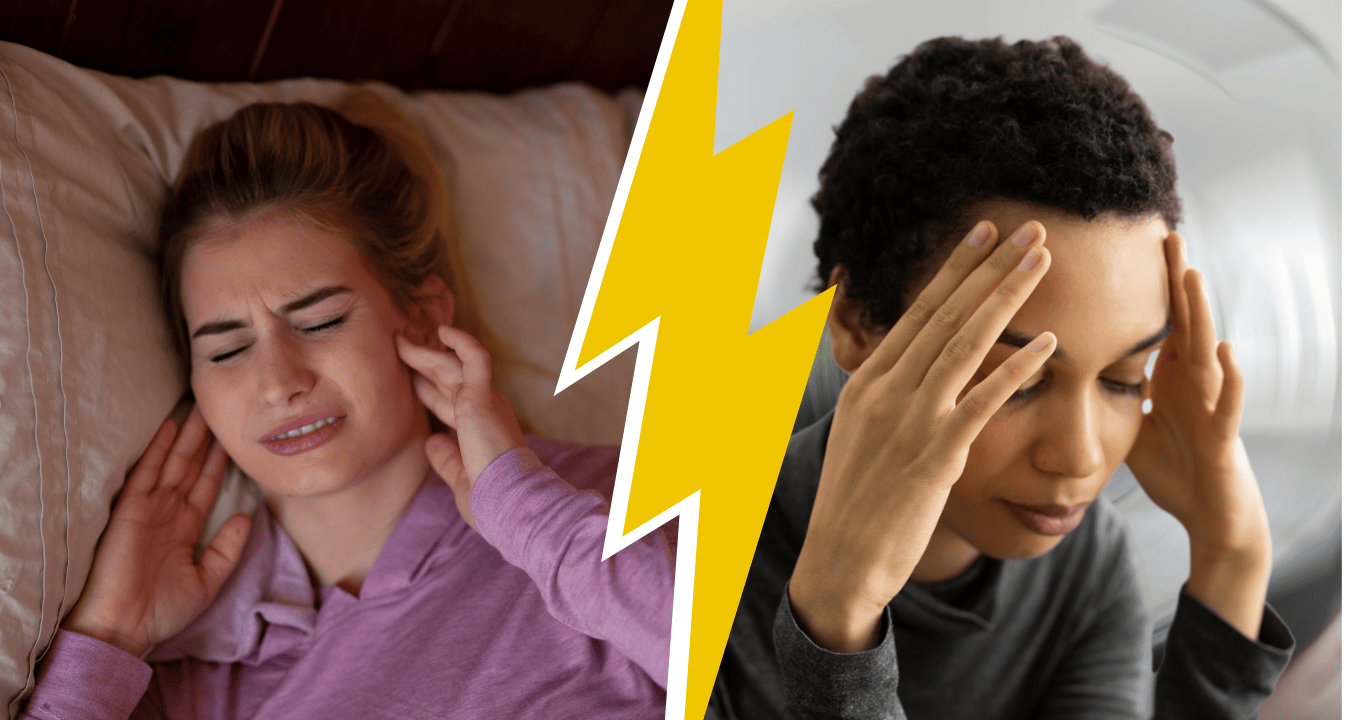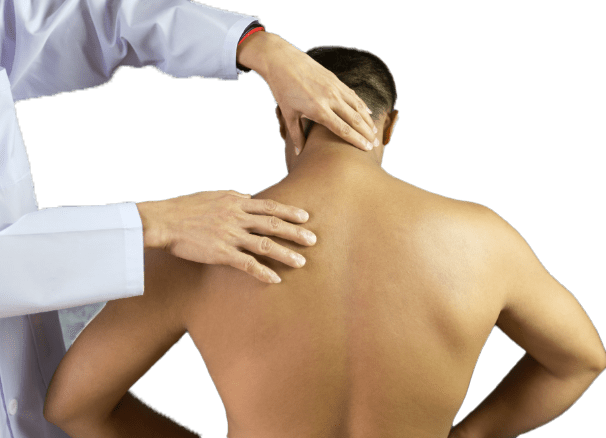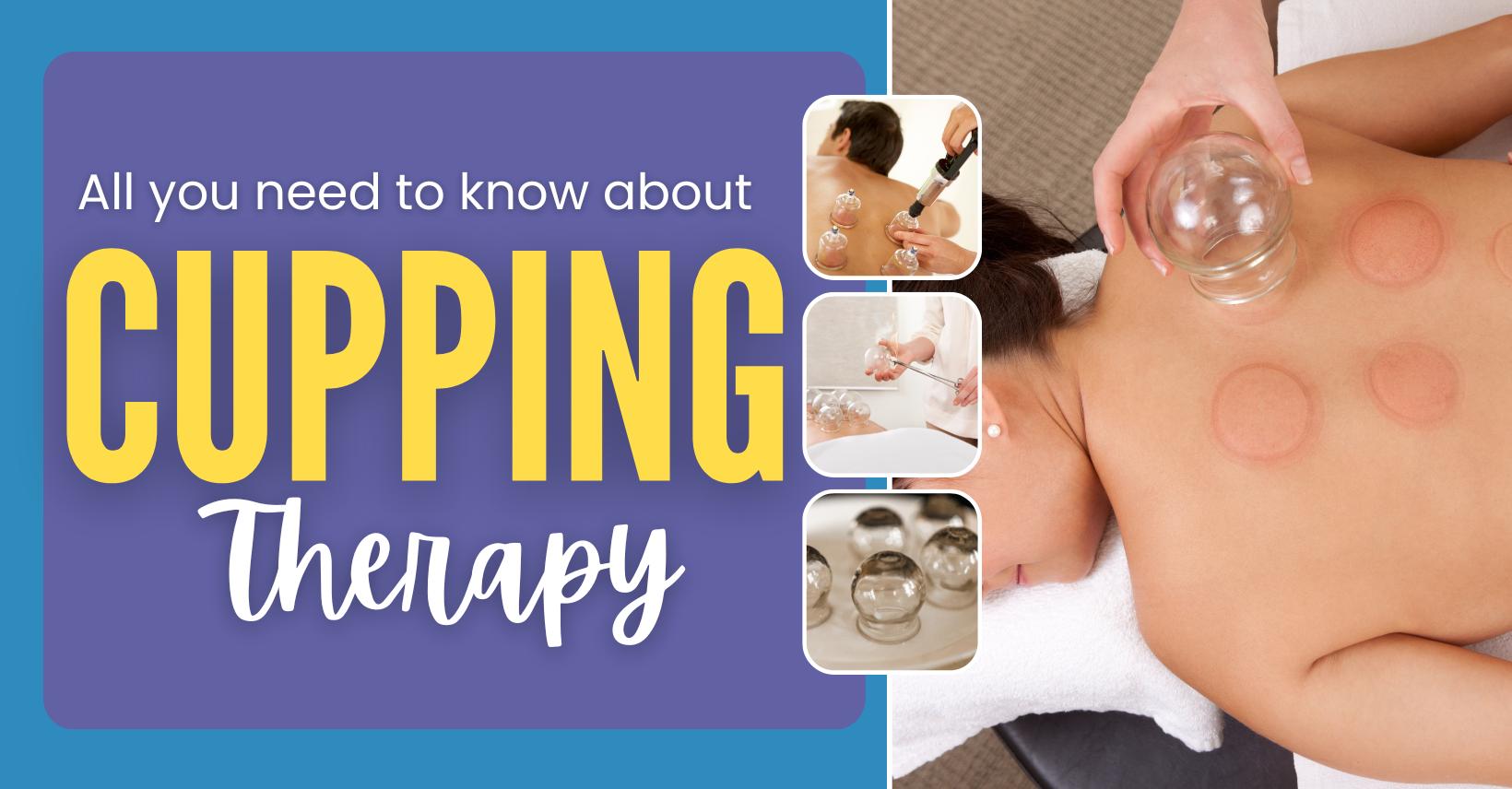September 14, 2016
By Osteopath Youssef Youssef
Published in Go Strong Newsletter
I have participated in many sports and athletic competitions and I have come to love the mechanics of all sports. My background is in Kinesiology and Osteopathy. I did my Bachelors of Science, majoring in Kinesiology and Masters in Osteopathy. This allows me to treat and manage a wide variety of sports injuries.
I will keep this post simple but provide the principles of how osteopathy can help with sports injuries and their management.
Many athletes and coaches have not considered osteopathy for treatment of sports injuries as it is not the first approach that comes to mind. The osteopathic approach to sports injuries follows the principles of osteopathy: by looking at the body as a whole; one unit of function.
The first approach is to understand the balance and mechanics of the athlete that is coming in with an injury or the athlete that has an upcoming sports season. To begin with, I will go over the understanding of mechanics of the athlete who is not injured but has an upcoming sports season.
The osteopathic assessment is based on ensuring the athlete is mechanically ready for the sport they are going to participate in. Everything should move relatively smoothly: good muscle balance and joint ranges. I will look for imbalances in the musculoskeletal system, general movements and sport specific movements. The goal of this assessment is to locate any mechanical or muscular dysfunction that can make the athlete vulnerable to an injury. The most obvious injuries are ones that occur due to a direct trauma to an area of the body; but there are also many injuries that occur due to playing the sport with abnormal mechanics which creates sprain and strain to tissues/joints.
If for example there is an imbalance in the athlete’s pelvic/hip movements, this will change how the muscles respond to those same movements as well as how joints above and below the pelvis absorb force. The knee or ankle will adapt a change in its motion as well as the associated muscles and ligaments. These changes may be minute but will have a great effect on muscle tone, ligament laxity or tension and more. This principle is the same for the spine and shoulder as the pelvis is a major contributor to the mechanical movement of the rest of the body. Remember nothing in the body moves in isolation; it’s one unit of function. With these imbalances, if untreated and unmanaged, the athlete will go into the season at risk of sprain and strain injuries. The treatment for this is: manual osteopathic therapy to correct these mechanical imbalances; corrective exercise to maintain and strengthen muscles; and self-treatment exercises and stretches.
The treatment of injured athletes is very similar to what was described above. There may be further imbalances in the body due to compensation from the injury depending on how long the athlete has gone without rehabilitation. The osteopath will find and correct any changes from normal, help with pain and restriction of the injured area, and prescribe home exercises for rehabilitation.










